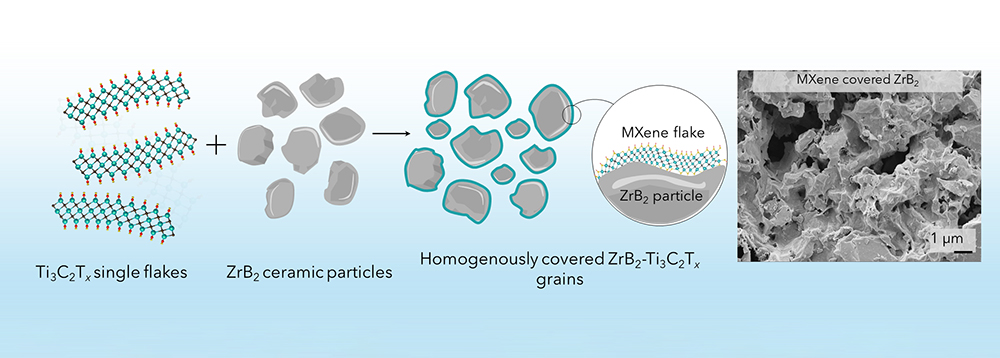
[Image above] Researchers at Hokkaido University in Japan experimentally confirmed the existence of one-electron bonds between carbon atoms. The research team, from left: Yusuke Ishigaki, Soki Kawaguchi, Takuya Shimajiri, and Takanori Suzuki. Credit: Yusuke Ishigaki, Hokkaido University
Batman and Robin, Scooby and Shaggy, Bert and Ernie—it is hard to imagine these iconic duos without their pair. Yet sometimes memorable partners will split up to venture by themselves, such as when Luigi took on the haunted mansion alone or Barbie set off into the real world without Ken.
In science, covalent bonds are the iconic duo of chemistry. Though atoms can donate a single electron to another during ionic bonding, covalent bonding almost exclusively involves sharing electrons between atoms in pairs.
The possibility of sharing only a single electron during covalent bonding was first postulated by U.S. chemist and peace activist Linus Pauling in 1931. More than six decades later, researchers in Germany and France finally confirmed Pauling’s theory when they observed a one-electron covalent bond between two phosphorus atoms using X-ray diffraction.
Since then, several other X-ray crystallographic studies experimentally confirmed the existence of one-electron covalent bonds between boron atoms and some copper complexes (here and here). But overall, the existence of one-electron covalent bonds remains few and far between.
In September 2024, researchers at Hokkaido University in Japan made the stunning announcement that they had experimentally confirmed the existence of one-electron bonds between two carbon atoms.
As explained in their paper, researchers have struggled to find evidence of one-electron covalent bonds between carbon atoms because they are much less stable than paired covalent bonds. As such, one-electron covalent bonds were assumed to exist transiently during chemical reactions but not in the final product.
To achieve an enduring one-electron covalent bond, the Hokkaido researchers looked for a stable molecule that could support this weak bonding structure. They decided on a derivative of hexaphenylethane, which is a hypothetical organic compound consisting of an ethane core with six phenyl substituents.
This derivate contains an elongated single covalent bond between two carbon atoms. As explained well in a Chemistry World article, this bond changes the electronic properties of the molecule. The researchers hypothesized this change would enable a controlled oxidation reaction resulting in the formation of one-electron covalent bonds.
Oxidation of the hexaphenylethane derivative resulted in the production of dark violet single crystals suitable for X-ray diffraction analysis. This analysis, coupled with Raman spectroscopy, confirmed the existence of one-electron bonds between the carbon atoms.
In the Chemistry World article, Philip Camp, professor of theoretical chemistry at the University of Edinburgh who was not involved in the study, notes that the classification of this one-electron bond as “covalent” is debatable.
“Roughly speaking, the cause of this bond is the proximity of the atoms due to the rest of the molecule, not the other way around,” he says. “It has not been demonstrated that it satisfies the [International Union of Pure and Applied Chemistry] definition.”
However, even being able to debate this question is “kind of the point,” says first author Takuya Shimajiri, previously assistant professor at Hokkaido University and now at the University of Tokyo, in the Chemistry World article.
“We aim to clarify what a covalent bond is—specifically, at what point does a bond qualify as covalent and at what point does it not? Our goal is to explore a wide range of bonds that have yet to be discovered, not just between carbon atoms, but between all elements,” he says.
The paper, published in Nature, is “Direct evidence for a carbon–carbon one-electron σ-bond” (DOI: 10.1038/s41586-024-07965-1).
Author
Lisa McDonald
CTT Categories
- Basic Science
- Material Innovations


